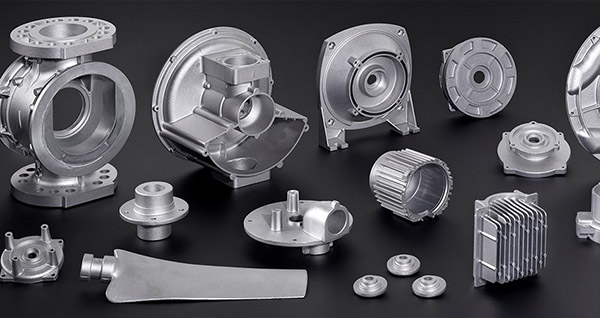The Precision and Versatility of Diecasting
The Precision and Versatility of Diecasting
Blog Article
Diecasting plays a crucial role within modern manufacturing. It has an integral role in creating complicated metal parts that are produced with precision and efficiency. This process is the practice of forcing molten metal under high pressure into a mold, producing parts with exceptional dimensional accuracy and high finish on the surface. As industries evolve and the demand for high-quality components grows, diecasting is continuing to show its merits, particularly in sectors requiring large-scale production of complex parts. This article will explore the process of diecasting it's advantages, the benefits of diecasting, materials choices, and its extensive use across different sectors.
The process of diecasting starts by creating a mold, also known as a "die," which is crafted from hardened steel to withstand high pressures and temperatures. Once the mold is prepared metal alloys, such as aluminum, zinc, magnesium, or copper, are heated until they melt. The molten metal is put into the mold under high pressure, ensuring it completely fills the mold. This includes intricate sections and thin walls. Pressure is maintained until the metal has solidified and at that point, the mold opens, and then the new part is ejected. This method of high-pressure ensures the final product is precise, with minimal need for extra machining or final.
One of the main benefits of diecasting is its capability to create parts that have amazing dimensional precision as well as smooth surface finishes. High-pressure injection guarantees that every detail of the mold is reproduced and the result is parts with tight tolerances, and require little to even no post-production efforts. This level of precision is particularly beneficial when creating intricate geometries or intricate details that are difficult or impossible to achieve in other manufacturing methods. In addition, the accuracy of diecasting allows it to be used for production on a large scale, as it ensures that the exactness of thousands of pieces. Diecasting's efficiency also leads to significant costs savings as it decreases waste material and costs for labor.
Diecasting is also a great option regarding mechanical properties and performance. Diecast parts are known for their durability and strength as they are the most important qualities for parts that are used in demanding applications. Fine-grain formation that occurs during the rapid cooling of the metal contributes to these properties that make diecast parts suitable for use in highly stressed environments. Diecasting also allows the inclusion of thin walls as well as complex features without compromising the integrity of the finished item. This feature is particularly beneficial in aerospace and automotive industries, where weight reduction while maintaining structural strength is essential to improve the efficiency of fuel and overall performance. To get supplementary details please see this official statement
Diecasting's capabilities go beyond the mechanical advantages to its adaptability in various application. In the realm of electronics, it is utilized to make enclosures, heat sinks, connectors, and enclosures, ensuring that devices are protected and function perfectly. Diecasting is widely used to create everyday things, from cooking appliances to power tools, in which accuracy and longevity are essential. Diecasting is a process that can produce detailed and intricate components can make diecasting a desirable option for engineers and designers who want to improve and innovate product performance. With the ability to accommodate a wide range of metals and allowing for the integration of sophisticated features, diecasting supports the development of high-end products that span multiple fields.
Diecasting is a crucial manufacturing technique that blends the highest level of precision, efficacy as well as versatility. Its capacity to manufacture intricate, high-quality products with superior mechanical properties makes it essential in numerous sectors. Diecasting's effectiveness in mass production, along with the material and cost benefits, highlights its importance for modern manufacturing. With the need for high-performance and durable components continues to increase, diecasting will continue to be an essential technology that drives innovations and supporting the manufacturing of products with the latest technology that will meet changing demands of the marketplace. Through continuous advancement and use it is a perfect example of the interaction between engineering as well as manufacturing experience, strengthening its importance in the next phase of manufacturing.